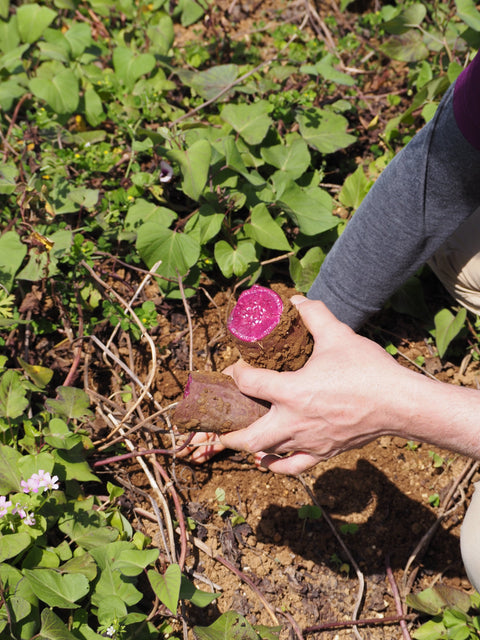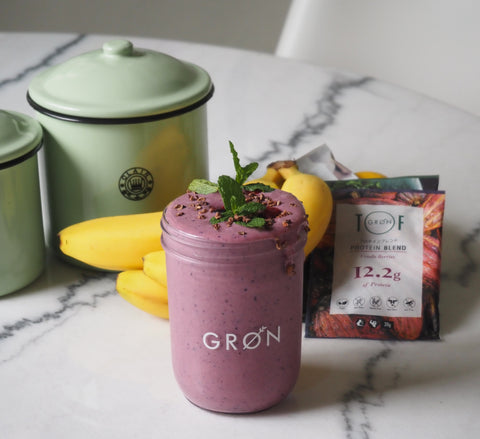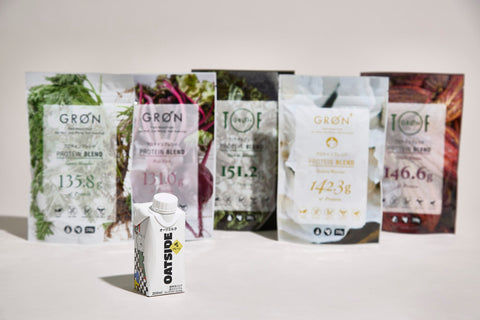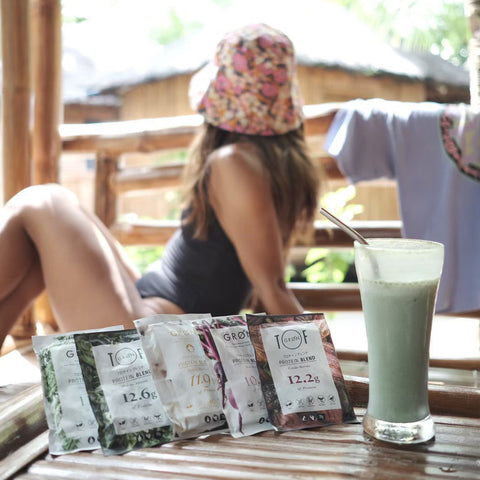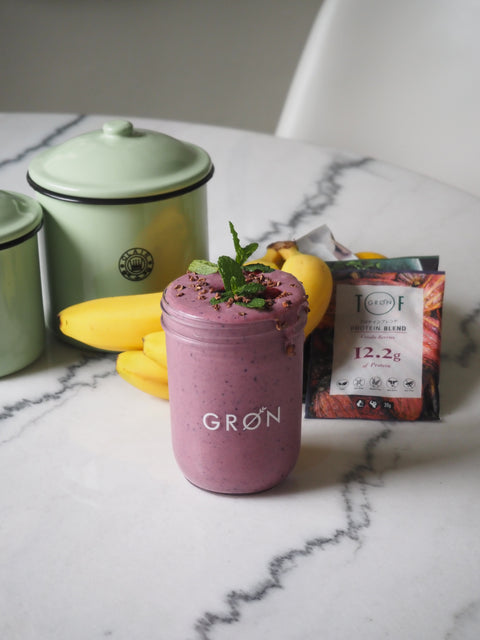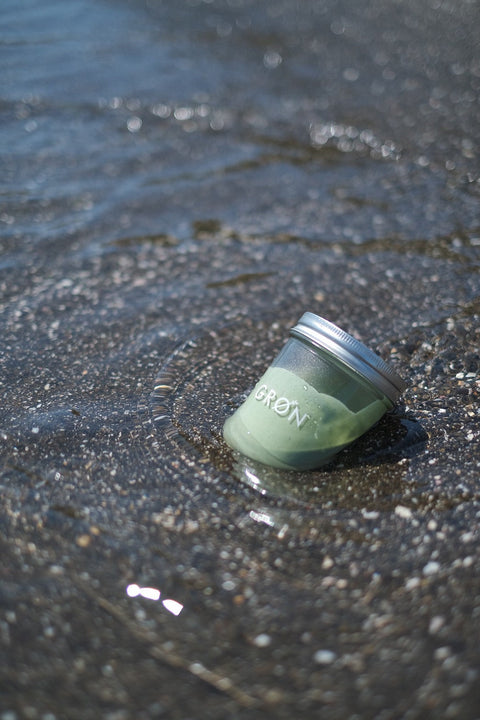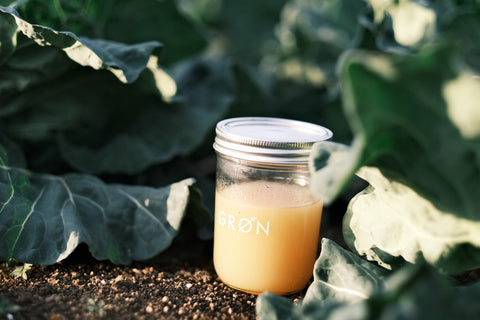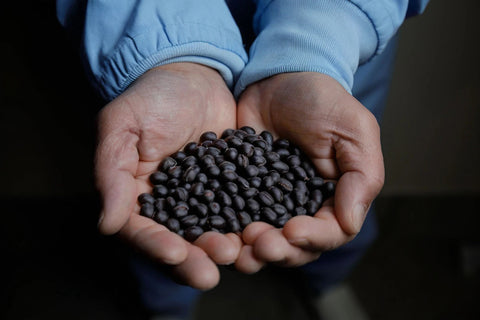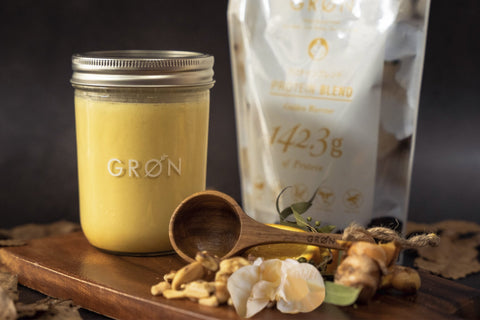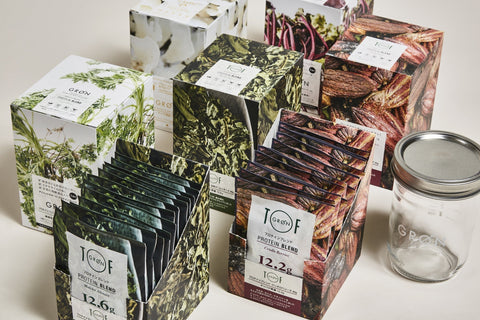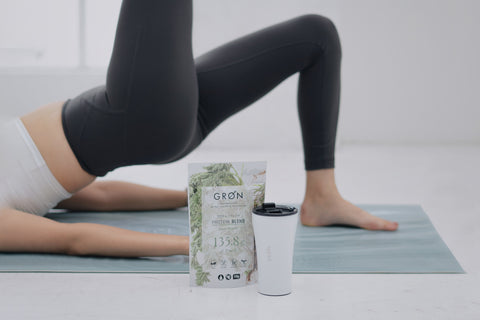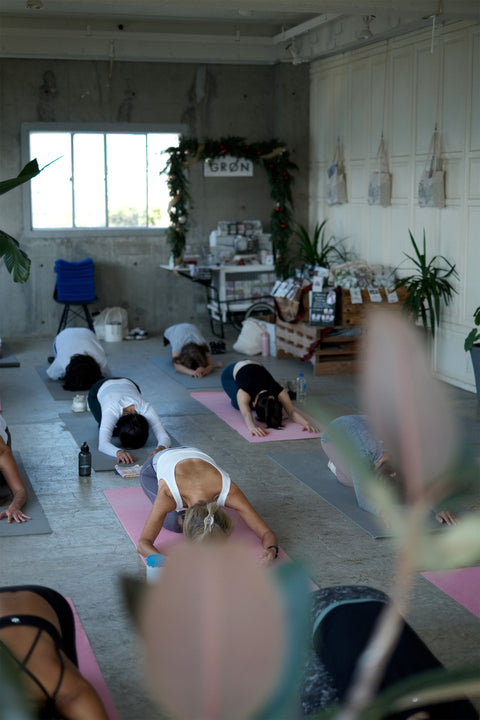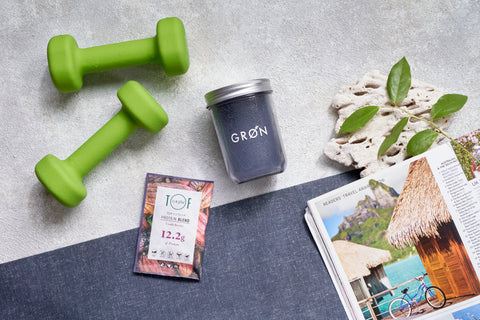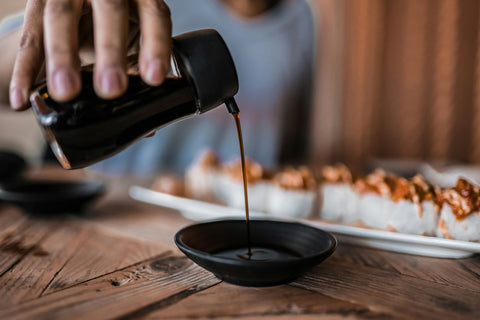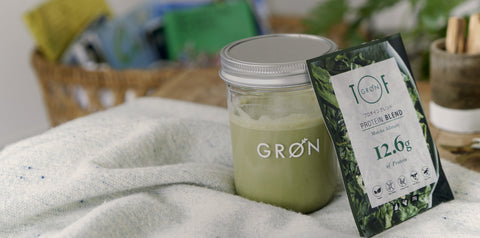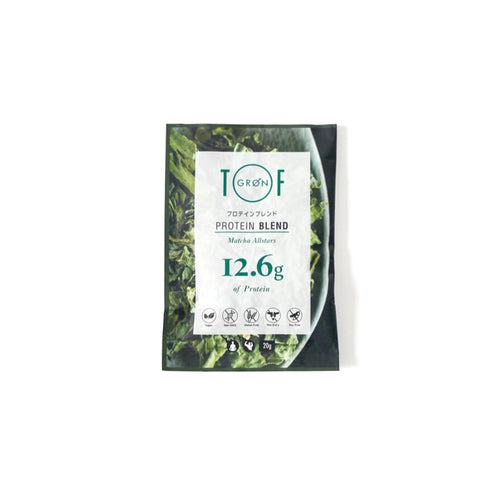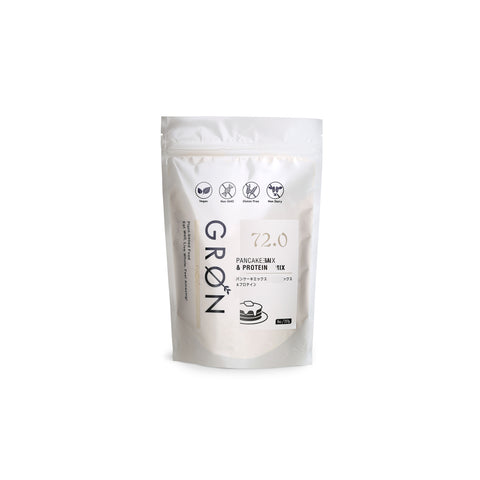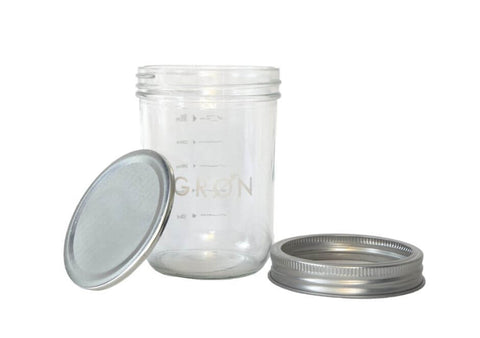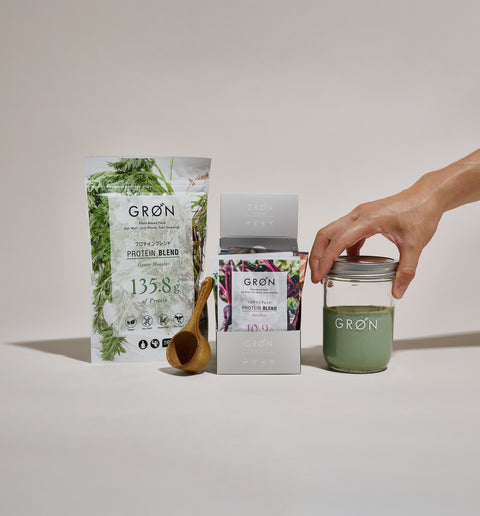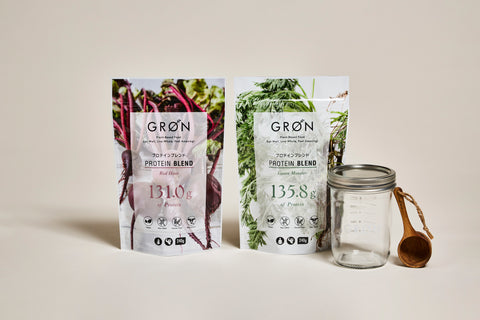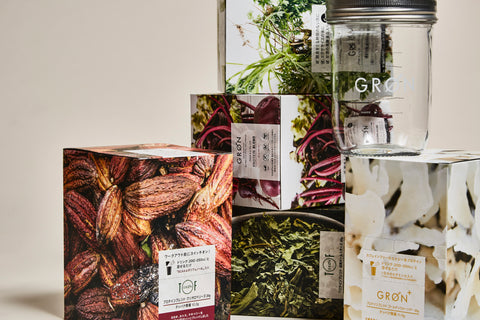What is the best temperature for normal body temperature? How to raise normal body temperature ~ Nutritionist's Column Vol.88
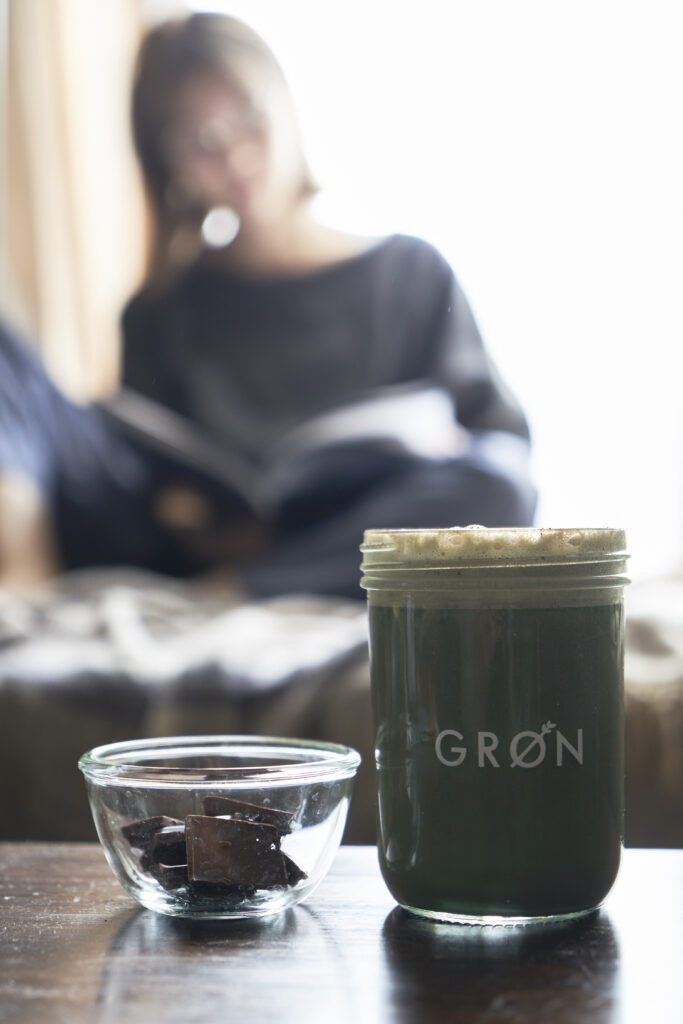
Modern people have a low average body temperature
This may be a sudden question, but what is your average body temperature?
Although the statistics are more than 65 years old, the average body temperature of Japanese people announced in 1957 was 36.89℃.
Many people may feel that this temperature is much higher than their own body temperature.
This is because the average human body temperature has now dropped significantly to around 36.2°C.
Although body temperature varies depending on age and gender, normal body temperature is generally considered to be around 36.5 to 37 degrees Celsius.
Therefore, people whose normal body temperature is in the 35°C range are considered to have "hypothermia."
Although there is no clear definition, "hypothermia" refers to a temperature lower than normal body temperature.
Hypothermia itself is not a disease, but it is closely related to immune cells, and if left untreated, it can lead to the development of various illnesses.
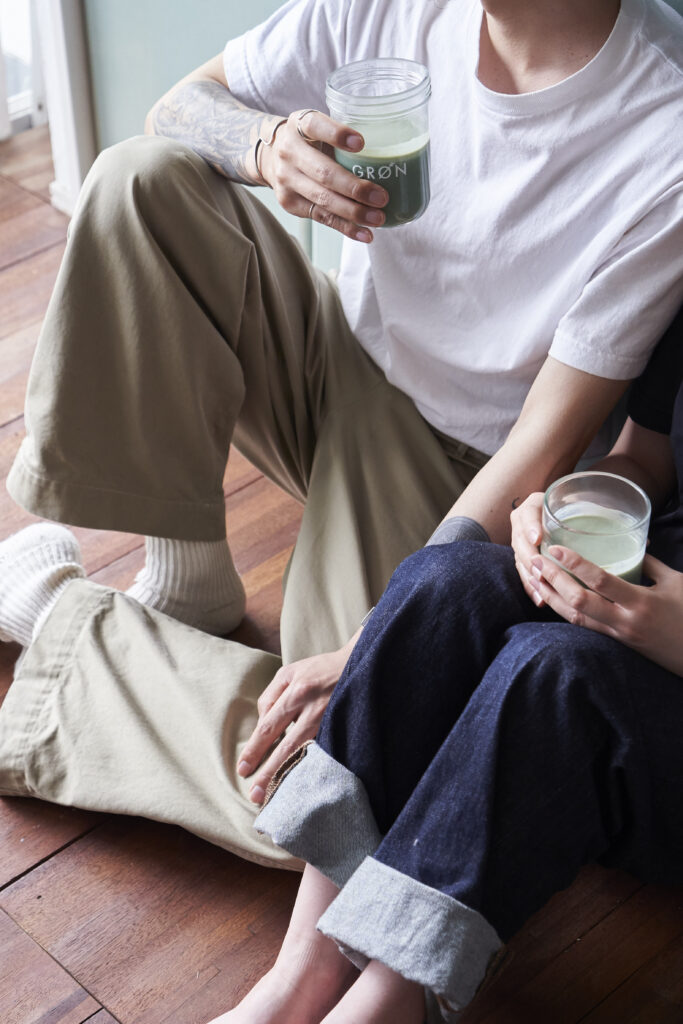
Causes and disadvantages of hypothermia
Causes of hypothermia include autonomic nervous system disorders caused by stress, deterioration of nutritional status due to dieting or poor eating habits, aging, and muscle loss due to lack of exercise.
In particular, when muscle mass decreases, your basal metabolic rate decreases and you are no longer able to generate heat.
When body temperature drops, blood vessels constrict and blood flow becomes slower.
Since blood contains white blood cells with immune functions, the body's immune system, which protects it from disease, is inevitably weakened.
Furthermore, if your body temperature remains low for a long time, your metabolism will slow down, which will decrease your bodily functions and cause various disorders.
Symptoms include body fatigue, loss of appetite, shallow breathing, increased drowsiness and fatigue, headache, dizziness, and pale skin.

The relationship between sensitivity to cold and hypothermia
Hypothermia is also thought to be closely related to poor circulation.
Sensitivity to cold is a condition in which the body, especially the hands and feet, become cold due to poor blood circulation.
If low body temperature continues, it can be one of the causes of poor circulation, as blood vessels constrict, reducing blood circulation and making it difficult for blood to reach the extremities of the body.
As such, a low body temperature can easily lead to bad things happening to the body.
Conversely, raising your normal body temperature improves blood circulation, activates your body's metabolism, and increases the amount of heat produced in the body.
Blood circulation also helps regulate the body's temperature.
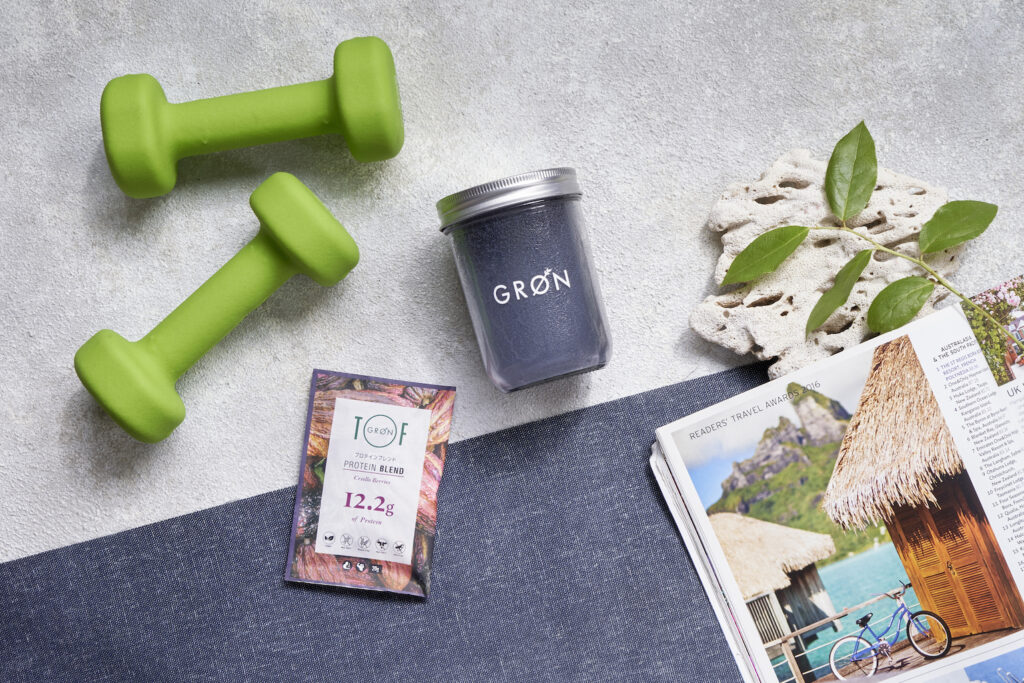
The benefits of raising body temperature
Increasing your body temperature has the following benefits:
*Immunity is improved
It is said that the body temperature at which the immune system functions normally is between 36.5℃ and 37.1℃.
If you can maintain your body temperature within this range, your immune cells will become more active, your immune system will be stronger, and you will be less likely to contract diseases such as infections and allergies.
* Your metabolism will become more active and you will be less likely to gain weight
People with a high normal body temperature are said to be less likely to gain weight because they have a high basal metabolic rate and consume more energy.
It is also expected to improve swelling.
It is said that when your body temperature rises by 1 degree, your basal metabolic rate increases by about 10 to 13%.
*Improves blood circulation
When blood is flowing smoothly, oxygen and nutrients are distributed throughout the body, allowing the cells that make up the tissues to function actively. This can also be expected to improve stiff shoulders.
* Improved quality of sleep
If your normal body temperature is high, your body temperature will change less and you will be able to maintain a stable temperature while you sleep, resulting in better quality sleep.

How to raise your body temperature
So, what can you do specifically to raise your body temperature?
If you feel like your body temperature is low, try incorporating the following methods into your lifestyle.
*Drink warm drinks <br data-mce-fragment="1">Drink warm drinks such as herbal tea, soup, and hot water.
It is best to avoid cold drinks that cool the body, and drinks that contain a lot of caffeine, such as green tea and coffee, also tend to cool the body, so be careful not to drink too much.
About caffeine ~ Nutritionist's Column Vol.51
* Make use of warming items <br data-mce-fragment="1">It is also effective to use belly warmers, leg warmers, etc. to keep your body warm.
By warming your stomach, your internal organs will function better. Furthermore, blood will circulate throughout your body, naturally raising your body temperature.
In addition, the ankles have large blood vessels close to the surface of the skin, and warming these areas improves blood circulation and warms the entire body.
* Make exercise a part of your daily routine <br data-mce-fragment="1">By continuing to exercise at a moderate level, you can increase muscle mass, improve your basal metabolism, and raise your body temperature.
It is recommended to walk in the morning when your body temperature is lowest.
* Bathing at the right temperature <br data-mce-fragment="1">Taking a bath can warm your body to the core and raise your body temperature.
It's best to soak in water that's not too hot for about 15 minutes until you start to sweat.
Reduce stress
Stress can cause your body temperature to drop, so reducing stress can help raise your body temperature.
You could try techniques like meditation or yoga to help you relax.
* Eat foods that warm the body
Protein (meat, fish, soybeans)
An essential nutrient for building body tissues.
Be sure to take in plenty of protein, which will build muscle, increase heat production, and make your body less susceptible to cold.
The key to raising your body temperature is to consciously consume protein at breakfast.
Hot soups and stews
Eat plenty of warming root vegetables such as carrots, pumpkins, and potatoes.
Ginger, garlic, cinnamon
It promotes blood flow in the body and raises body temperature.
-> We also recommend GRØN Golden Warrior, which contains long pepper and is a hot topic due to its Tie2 ingredient.

A recommended item to include in your diet is " Holy Moly Green ," a soup made with GRØN Yamato Angelica leaves that warms the body and supports circulation.
Yamato Angelica is primarily used as a herbal medicine, primarily in the form of its roots, and is said to be effective against poor circulation, blood circulation disorders, tonicity, and pain relief.
The leaves contain nutritional components such as antioxidants that protect the body from free radicals, and are also said to promote blood circulation.
It contains pea protein, a protein source derived from peas, making it a must-have item for breakfast.
If your normal body temperature is below 36°C, try to raise it to 36°C or above and lead a healthy lifestyle.
——————————————————
Nutritionist, Food Education Instructor, Food 6th Industrialization Producer Level 4
Ayako Ishihara
A nutritional advisor in the healthcare field and an agribusiness professional.
She is involved in a variety of activities specializing in the fields of beauty and health, including giving lectures to Miss World Japan candidates.
With the philosophy of "enriching the mind and body through food and realizing a vibrant society where people and communities are connected," he founded i-Field Co., Ltd. in 2013 and serves as its representative.
He is a core member of the food team for "DINING OUT," which opens outdoor restaurants in various regions, and also participates in fashion brand projects.
She is also involved in the promotion of local ingredients, product development and production specializing in "health" and "beauty," branding, concept design, food hygiene, sales promotion, training planning and management, etc. She is in charge of nutritional supervision for GRØN's product development, proposing ways to incorporate them more effectively into consumer health.
——————————————————







